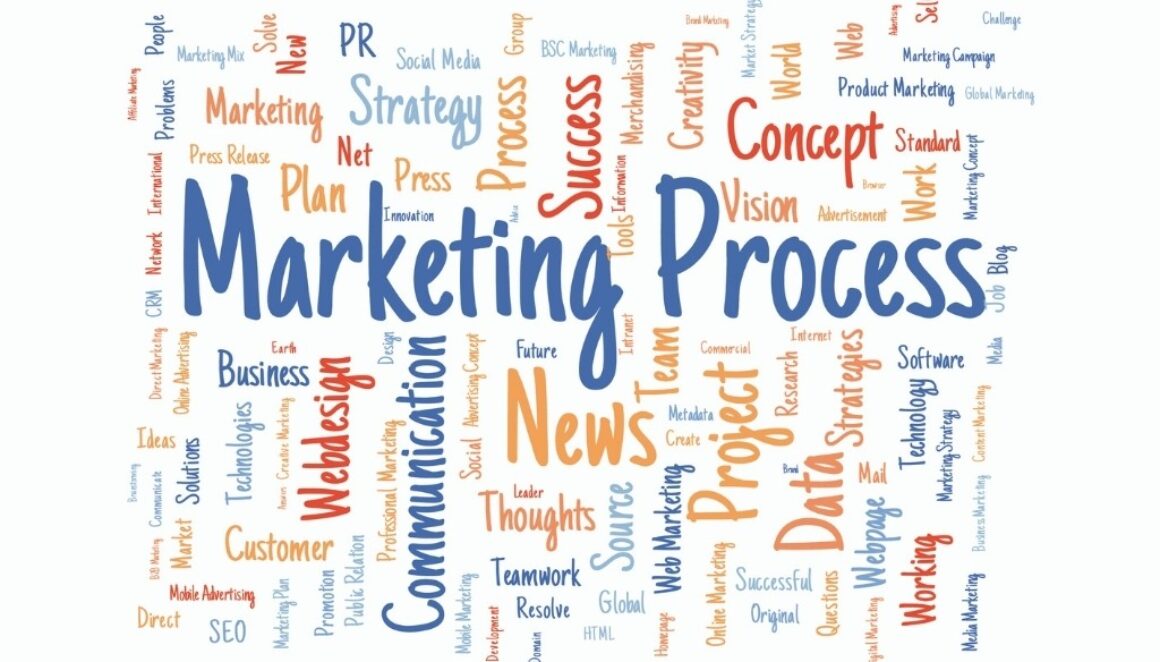Grow Your Business With A Three Step Marketing Process
It doesn’t matter what type of business you’re in, marketing is important for continued growth. If you’re selling something, you need advertising to let people know about your products. If you’re a service provider, you need to reach out and present your services to find new clients. Using this three-step marketing process will help to build awareness of your business, attract customers, generate leads, and make more sales.
Even though marketing is important for the success of every business, many companies don’t make it a priority. Many businesses, particularly small businesses, believe that marketing is expensive. Even the idea of marketing scares some people off. They think it’s something only big companies that can hire professional advertising agencies can do. They imagine that marketing their business is like those guys in Mad Men, sitting behind closed doors and coming up with complicated advertising campaigns and slogans. The reality is that most businesses can create an effective marketing process rather simply, and thanks to social media and other inexpensive ways of getting in front of people, you can keep your marketing activity within a reasonable budget.
1. Think Strategically
Marketing is defined as the actions or activities taken to promote and/or sell a product, service, or idea. A marketing plan is just that: a plan that outlines the actions or activities that will be taken to promote and or sell a product, service, or idea. Once you have developed your plan, it becomes easy to prioritize the tasks and put the corresponding actions in place. But…before building your plan, you need a strategy.
Most people use the terms plan and strategy interchangeably, but they are very different things. A strategy is the who, where, and the why, a plan is the what and the how. In developing your strategy, you will need to decide where you will place your efforts; who will you target, in what venue or media opportunity, and most importantly, why that combination of person and place will add to the success of your efforts.
A critical part of your marketing strategy is identifying clear objectives or measurable goals. You’ll need a way to evaluate what’s working and what isn’t once you’ve launched your marketing plan. The objectives will vary depending on your business but could include things such as how much in additional sales you should get each month, how many new clients you will attract, or how many new social media followers you’ll gain. The strategy should reflect the overall goals of your company, taking into consideration your industry and who you are trying to reach.
Like most things when it comes to your business, developing a marketing strategy takes a little bit of thought. The time you invest will make creating effective marketing easier.
2. Build Your Marketing Plan
Once you have a marketing strategy in place, it’s time to work on the action plan.
In creating your plan, you will decide on the specific tools you will use and the actions you will take to reach your audience. This is the time to determine whether your marketing activities will take place online or offline, in person, or through phone calls or webinars, etc. Your promotion activities may include:
- Direct Mail/EDDM campaign
- Telemarketing outreach
- Newspaper or magazine ads
- Email Newsletters
- Facebook or Google Adwords advertising
- Targeted Landing Pages
- Billboard advertising.
The specific activities you choose will be related to your potential customer and your industry. Creativity in approach will help your marketing message stand out from your competition. Leveraging your Unique Selling Proposition is one way to make your message more effective in a crowded marketplace.
3. Allocate Your Marketing Budget
Your ability to take the actions in your marketing plan depends on your available budget. The fear of spending a lot of money without concrete results scares many businesses away from marketing. But if you don’t make the effort to reach out to new people, or extend the relationship with your current customers, it will be difficult to achieve growth in sales or services. Marketing your business does not always have to be expensive, but even for small efforts it usually takes some financial investment. Even new business cards cost something. Creating a budget for your marketing activities will help guide your efforts. A defined budget will help in prioritizing activities and help make sure that ROI, return on investment, is top of mind when evaluating the success of your actions.
How and when to create the budget will vary based on your preference. Some companies choose to set a budget while they’re working on the marketing strategy, using research and business goals to guide the budget. Others wait until they’re planning the specific marketing task to complete the budget, using the costs of specific types of marketing to make decisions of which strategies to use and how often.
Marketing your small business does not have to be intimidating. Regardless of how big or small your budget and marketing plan are, the key is to stay focused on your company’s strategy and stick to a schedule and follow a marketing process.
If you want to learn more about your marketing tool options, The BLÜ Group team can help you develop a marketing strategy that works.
Source: Made For You Media




